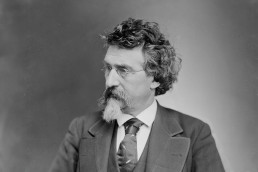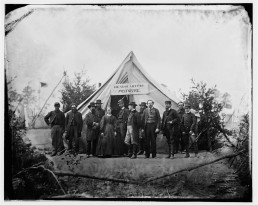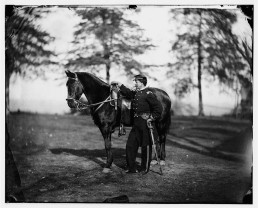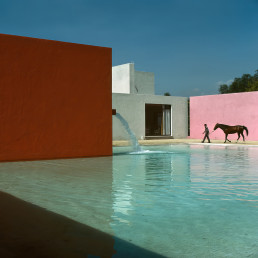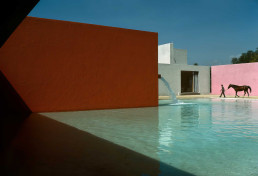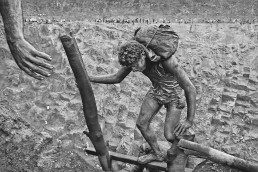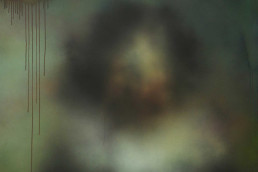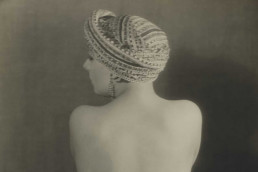From Panic to Peace: Bulletproof Backup Strategies for Travel Photographers
Photographers who love to travel see the globe as an endless canvas, full of interesting people, beautiful scenery, and precious moments just waiting to be caught. Photographers today depend on digital data, a considerably more fragile medium than the pen and paper used by seasoned explorers of yesteryear to record their expeditions.
A photographer’s work would not be possible without these digital files. They can carry us to far lands, evoke strong feelings, and recount the tales we meet on our journeys. But what happens if these important files get corrupted or lost?
An enormous shift has occurred in the way we save our picture archives. Photographers have long sought portable and dependable storage solutions, whether it be large film canisters or little memory cards.
Compact discs and heavy hard drives were challenges for the first digital photographers. Fortunately, there has been a dramatic improvement in storage capacities since the advent of the digital age. Travel photographers on the fly will love today’s memory cards because of their tremendous capacity in a little footprint.
Data loss is an ever-present risk, even with the best efforts of storage system developers. It only takes a corrupted card, a lost drive, or any technical issue to cause catastrophe. A solid backup plan is crucial in this situation.
A multi-pronged strategy is essential for photographers who specialise in travel. To begin, you should never be without extra memory cards. By alternating between cards while you shoot, you can reduce the likelihood of losing all of your photographs due to a failed card.
Secondly, establish a schedule for routine backups. Every day, make sure you have a backup of your images on a portable hard drive in case your camera’s memory cards ever have problems.
When it comes to data storage, cloud solutions provide an extra safeguard. A trustworthy cloud service allows you to make a duplicate of your images that is physically located in a different location from your original files. This might give you a sense of security in the event that anything unexpected happens, such damage to equipment or theft.
An immediate backup plan is critical, but so is a plan for archiving data for the future. Envision everything you put into photographing a breathtaking site being rendered useless as a result of file degradation or antiquated storage methods.
Think about implementing a strong archiving strategy to make sure your work stays. Discover formats and storage options that are built to last. Keep your files compatible by migrating them to new media on a regular basis.
The digital storage landscape is dynamic and ever-changing. More dependable and creative solutions will certainly appear as technology progresses. In comparison to conventional hard drives, solid state drives (SSDs) are more durable, have quicker read/write rates, and are becoming more inexpensive.
It can be beneficial for travel photographers to keep up with these innovations. Nonetheless, a tiered backup system, a focus on dependable storage, and a plan for long-term preservation are still essential for protecting your work.
By adhering to these guidelines, you can safeguard your priceless photographs and go on to photograph the wonders of the world without worry. Remember that these digital files include much more than just images; they are visual stories of your travels, meant to be passed down through the ages.
A Love Affair with Grain and Imperfection
Remember disposable cameras and the excitement of waiting for your shots to develop, carefully piecing together a story from a small collection of images? Believe it or not, film photography is making a huge comeback! While our pockets are full of smartphones with great camera capabilities, many photographers (both experienced and new) are rediscovering the allure of film.
In our fast-paced digital world, dominated by megapixels and quick gratification, film photography provides a welcome respite. It is a slower, more methodical approach that requires the photographer to be more present in the moment. Unlike the continuous clicking and deleting on a digital screen, film photography promotes a deliberate approach. With a restricted amount of shots per roll, every frame becomes deliberate. You compose carefully, taking into account the light, composition, and essence of the picture you wish to depict. It’s a return to the photographer as a thinking artist rather than a point-and-shoot recorder of life. This purposeful technique encourages a stronger connection to the subject and the creative process itself.
While digital photography provides unrivalled clarity and control, film offers something truly unique: a distinct look. Film photographs have a richness of colour and a particular texture that digital cameras simply cannot match. Film images have a romantic and nostalgic quality to them, serving as a tactile record of the moment captured, even if it is imperfect. These defects, such as minor colour fluctuations or faint grain, become part of the tale, adding a dimension of authenticity that is frequently lacking in the antiseptic perfection of digital images.
The resurrection of film is about more than just individual photographers rediscovering a lost interest; it is about building a dynamic community. Online forums and local seminars are thriving with fans sharing tips, techniques, and a love for the analogue experience. There’s a sense of community and shared knowledge that enhances the enjoyment of film photography. Newcomers can learn from experienced photographers about everything from developing processes to selecting the best film stock for their creative vision, while veterans can rediscover the joy of the process in a friendly setting. This collaborative atmosphere extends to the sharing of final images, whether they are physical prints exhibited proudly or digital copies exchanged around internet forums, with each image a testament to the shared passion for film.
In a culture preoccupied with instant gratification and continual connectivity, film photography provides a welcome break. It urges photographers to slow down, savour the moment, and be more deliberate about their craft. The limits of film, the limited number of exposures, and the wait for development require photographers to be more careful in their decisions. This deliberate approach can result in more striking and emotive images. Film photographers, unlike digital photographers, must trust their intuition and wait to see the results. This can be stressful, but it can also lead to a greater appreciation for each shot image.
The digital world is saturated with images. Every day, billions of photographs are captured and shared online. However, in this world of digital perfection, film images stand out. The distinct texture, colour richness, and small imperfections all contribute to a nostalgic and timeless appearance. Film photographs have an aura, a sense of genuineness, that connects with viewers in ways that digitally edited images do not. There is a rising appreciation for the substantial qualities of film photography, such as the weight of a physical print in your hand or rows of neatly filed negatives, which contrasts sharply with the transient impermanence of digital images.
While digital cameras will certainly remain the dominating force due to their convenience and versatility, film photography is not going away. It provides a distinct artistic experience, a reminder of a slower pace of life, and access to a devoted community. So, dust off your old film camera from the back of the closet or visit a thrift store for a hidden gem. The world of analogue photography awaits, complete with distinct aesthetics, a deliberate creative process, and a thriving community eager to welcome you.
Mathew Brady and the Lens of the American Civil War
Few conflicts in history have had such a lasting impact as the American Civil War. A conflict that ripped a nation apart, it not only altered the political landscape but also created the groundwork for modern warfare. Despite the turmoil and bloodshed, one man remained poised with his camera, ready to capture the moments that would define an era. His name was Mathew Brady, and his lens would capture the spirit of a war-torn nation.
The American Civil War, which lasted from 1861 to 1865, was a watershed point in US history. It pitted the Northern states, known as the Union, against the secessionist Southern states, known as the Confederacy, in a fierce conflict over slavery, state rights, and the preservation of the Union. The conflict killed over 600,000 Americans and left a legacy of separation and healing.
Among the tumult of battlefields and the volatility of the times, Mathew Brady emerged as a photographic pioneer. Brady was born in 1822 and went on to become one of the most famous photographers of the nineteenth century. His New York City studio became a gathering spot for the era’s celebrities, and his images of presidents and dignitaries were featured in history books.
However, Brady’s record of the American Civil War would solidify his fame. Brady, armed with his camera and a crew of talented photographers, went into the heart of the conflict, shooting photographs that would expose the horrors of war to the American people like never before. Brady’s images of the Battle of Bull Run and the Siege of Petersburg were eerily evocative depictions of war’s horrors.
Brady’s images not only served as a historical record, but also helped shape public view of the conflict. For the first time, Americans were confronted with the harsh reality of war, sparking a wave of patriotism and demands to action. Brady’s photos, from the shattered vistas of Gettysburg to the mournful faces of soldiers, brought the conflict to life in ways that words could not.
Though Brady struggled financially in the years after the war, his reputation lived on. His photos continue to demonstrate photography’s ability to capture the spirit of a moment and shape history. Brady’s work is now valued not merely for its creative merit, but also for its contribution to maintaining the memory of those who fought and died for freedom.
Mathew Brady is remembered in history for his ability to depict the human experience via photography. Through his lens, we are brought back to a time of tumult and transformation, when a nation’s fate was on the line. As we contemplate on the legacy of the American Civil War, let us remember Brady’s words: “My greatest aim has been to advance the art of photography, and to make it what I think I have, a great and truthful medium of history.”
The Unseen Hero of Documentary Photography
In the fascinating field of documentary photography, capturing the essence of reality is critical. Consider joining a tribe in the Amazon rainforest or attending a protest march. The lens you choose functions as an extension of your eye, silently watching and capturing the tale as it develops. But among the huge array of lenses available, one stands out: the humble 35mm.
The secret is in its capacity to mimic human vision. Unlike wider lenses, which can distort perspectives, the 35mm provides a natural field of vision. This results in images that feel natural and authentic, free of any artificial processing. Honesty is essential in documentary photography. A 35mm lens enables photographers to take a close-up portrait conveying real emotion before fluidly shifting to frame a larger scene that includes the surrounding landscape. The audience is brought right into the centre of the drama, experiencing the scene firsthand.
Beyond its capacity to accurately portray reality, the 35mm has tremendous versatility. It is commonly referred to as the “Swiss Army knife” of lenses since it easily adapts to a variety of conditions. Looking to capture the intimacy of a discussion on a busy street corner? The 35mm delivers. Want to highlight the grandeur of a large area while still connecting to the human element? It also excels at this. Furthermore, the 35mm’s capacity to achieve a shallow depth of focus enables creative subject isolation, drawing the viewer’s attention to the centre of the story.
The 35mm format’s historical relevance reinforces its dominance in documentary photography. It all began with the advent of 35mm film cameras, which provided an ideal blend of portability and image quality. This format soon acquired popularity in both film and still photography, becoming the preferred instrument for many of the twentieth century’s most famous documentary photographers.
This legacy endures to this day. The sought balance provided by the 35mm lens works nicely in the field of documentary filming. It enables directors to create a sense of intimacy, transporting viewers to the heart of the story as if they were silent participants. This immersive experience encourages a stronger connection to the characters and the story being told.
The 35mm lens has had an undeniable impact on innumerable great documentary images. Look no farther than the heartbreaking photographs of the Vietnam War shot by photographers such as Nick Ut using his 35mm lens. His shot of “Napalm Girl,” a little Vietnamese kid fleeing a napalm strike, is a striking reminder of the war’s savagery. Sebastião Salgado’s 35mm lens photographs highlight global poverty and social injustice.
The list of well-known photographers who have embraced the 35mm lens is wide. From Bruce Gilden’s evocative street photography to Mary Ellen Mark’s social commentary, the 35mm format has been a reliable partner for countless visual storytellers.
So, whether you’re a new documentarian starting your first project or a seasoned professional looking for a dependable instrument, the 35mm lens is a wonderful asset. With its natural perspective, adaptability, and rich history, it enables you to capture the essence of reality and deliver dramatic stories that touch viewers on a deeper level. The next time you pick up your camera, consider using the “Eye of Truth” – the 35mm lens – to see the world through a true lens.
Sebastiao Salgado: The Man Who Photographed The World
Born in Aimorés, Brazil in 1944, Sebastião Salgado studied economics before switching to photography in 1973. His economic experience was put to use at the World Bank before his photographic adventure brought him to Magnum Photos in 1979. He started Amazonas Images alongside his wife, Lélia. Over the course of his five-decade career, he has visited over 120 nations, photographing major moments and concerns.
He is known for his striking black and white compositions, which combine creative talent with a strong sense of social and environmental responsibility. His widely regarded paintings, including “The Other Americas,” “Sahel,” “Workers,” “Migrations,” and “Genesis,” provide detailed record of human life and our planet’s delicate state. He has received multiple accolades for his contributions to photography, including the W. Eugene Smith Grant, the Royal Photographic Society Centenary Medal, and the Sony World Photography accolades’ Outstanding Contribution to Photography honour. In addition to his photography, Salgado is a UNICEF Goodwill Ambassador and a member of France’s Académie des Beaux-Arts.
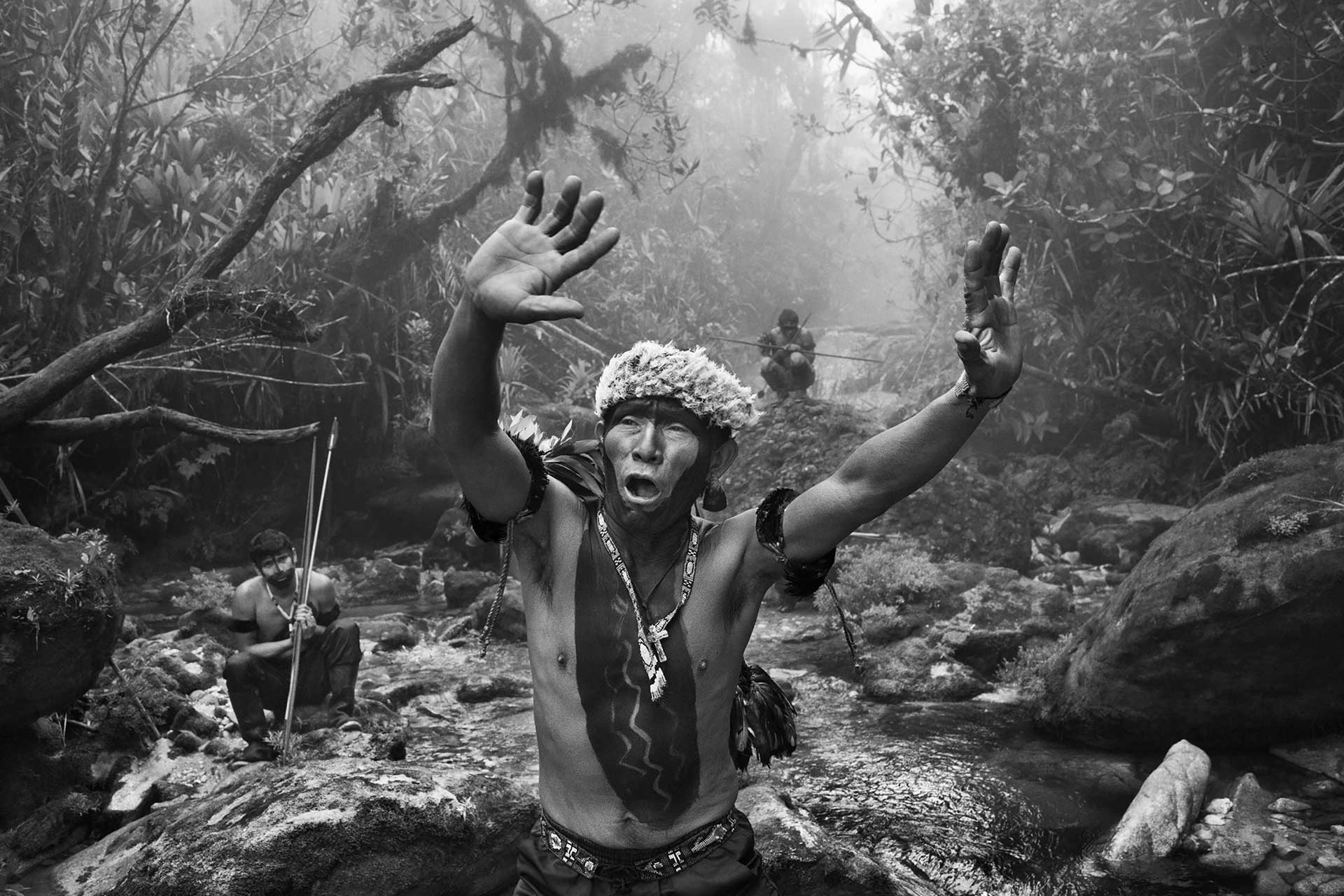
Salgado’s corpus of work is distinguished by his dedication to long-term, self-initiated undertakings that include much research and writing. With a strong sense of humanity, he investigates issues such as poverty, migration, labour, human rights, and ecology, appreciating worldwide cultural diversity while pushing for environmental conservation.
I have a way to photograph. You work with space, you have a camera, you have a frame, and then a fraction of a second. It’s very instinctive. What you do is a fraction of a second, it’s there and it’s not there. But in this fraction of a second comes your past, comes your future, comes your relation with people, comes your ideology, comes your hate, comes your love – all together in this fraction of a second, it materializes there.
Sebastiao Salgado
His influence goes beyond photography, shaping the perspectives of other artists and sparking critical debates on global issues. He actively supports efforts to better people’s lives and safeguard ecosystems, particularly through the Instituto Terra, which he and his wife founded in 1998 to restore Brazil’s Atlantic Forest.
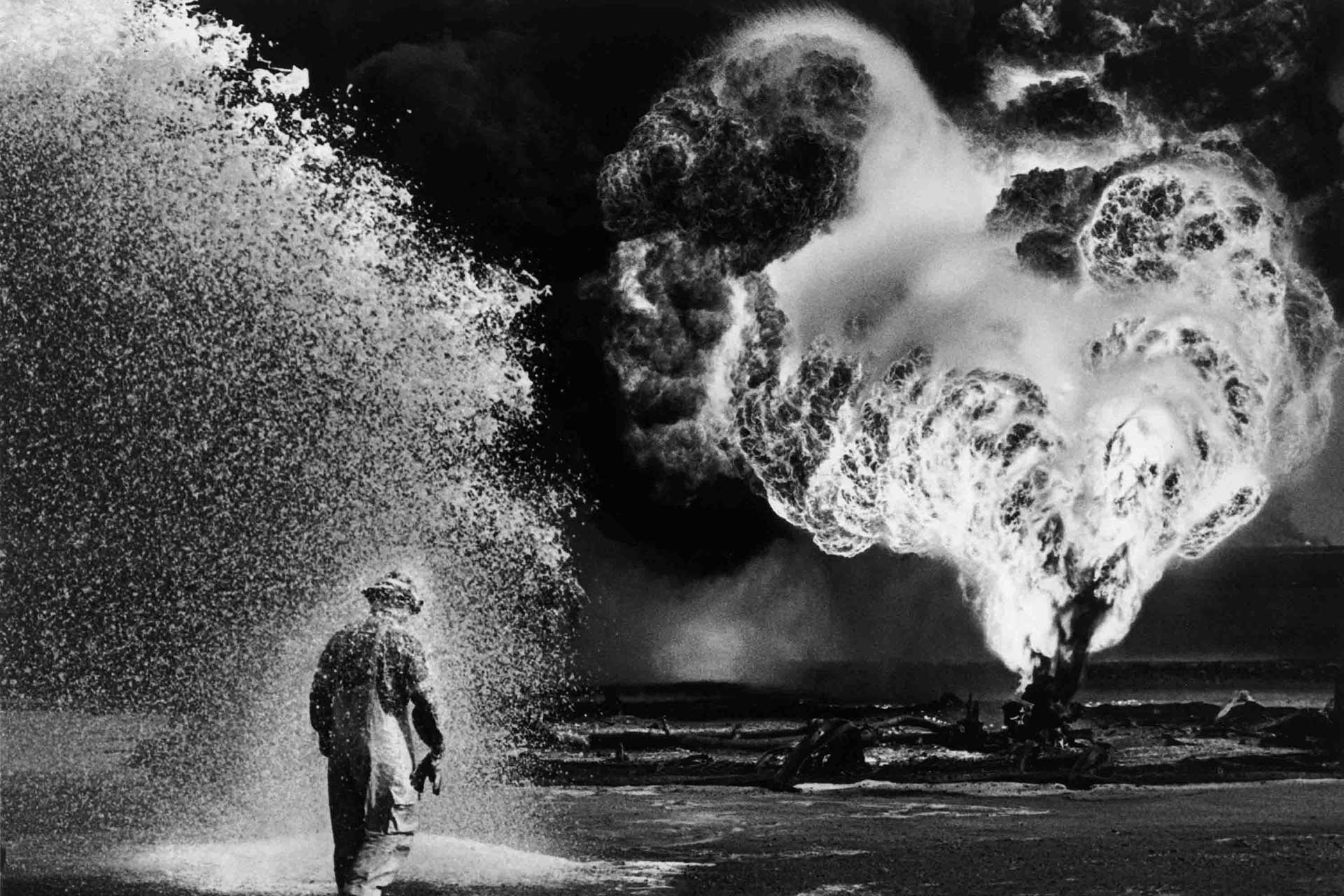
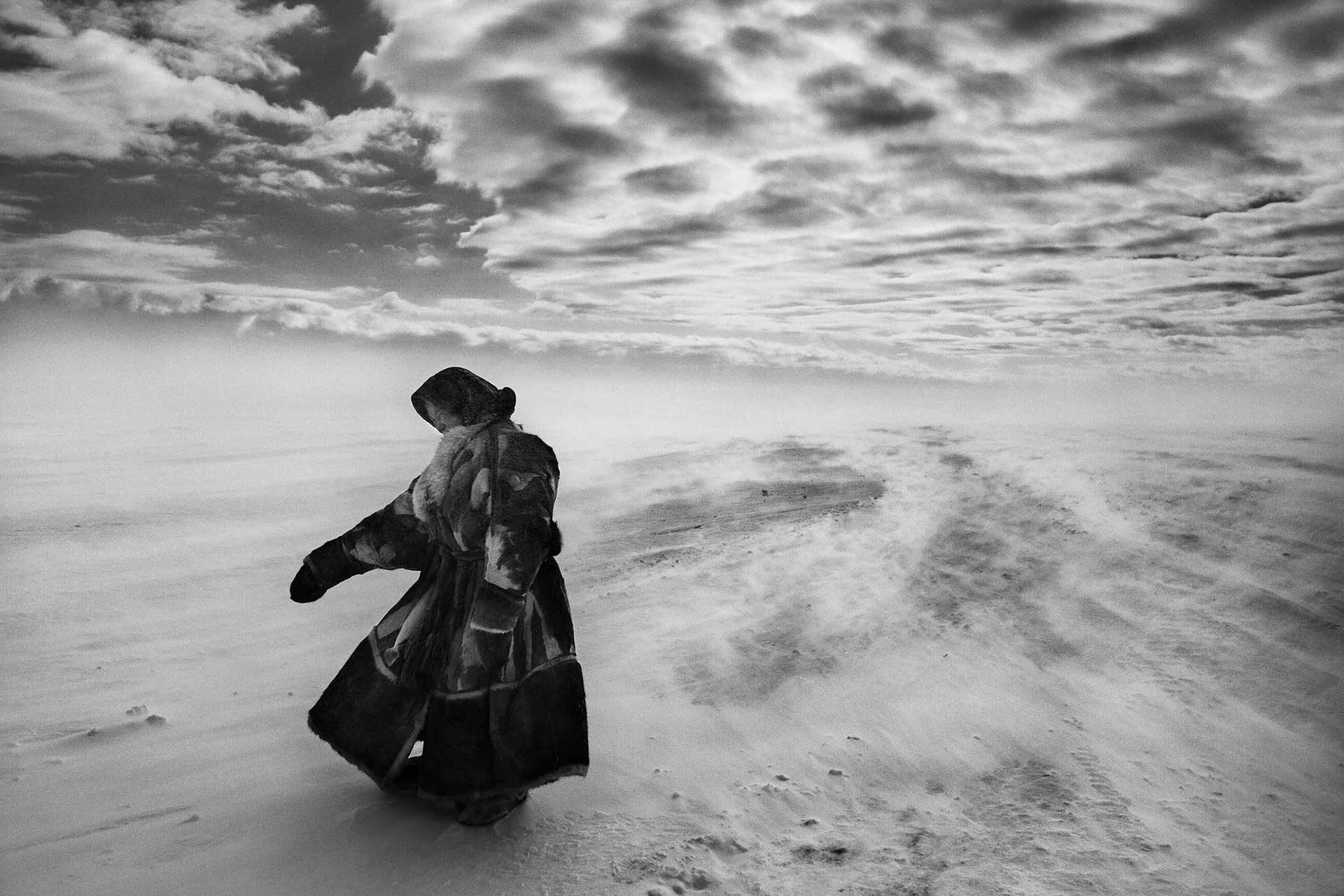 Although Salgado has retired from active fieldwork, his passion for storytelling endures. He currently spends his time collecting his huge database of over 500,000 photographs, ready to share his life’s work with the world. He continues to take part in exhibitions and partnerships, such as the Sony World Photography Awards 2024 in London and a project with the Wende Museum in Los Angeles, all with a focus on capturing the Amazon jungle.
Although Salgado has retired from active fieldwork, his passion for storytelling endures. He currently spends his time collecting his huge database of over 500,000 photographs, ready to share his life’s work with the world. He continues to take part in exhibitions and partnerships, such as the Sony World Photography Awards 2024 in London and a project with the Wende Museum in Los Angeles, all with a focus on capturing the Amazon jungle.
In reflecting on his legacy, Salgado expresses thanks for his diverse life experiences. He sees his work as more than just a portrayal of the globe; it is a monument to the beauty and hardships that humanity faces. He hopes that his images will serve as a compelling reminder to future generations of the critical need to safeguard and preserve our world.
Behind the Enigmatic Lens of Vivian Maier
In the annals of photographic history, a name emerges, shrouded in mystery yet illuminated by the brilliance of her captured moments – Vivian Maier. Born in the bustling metropolis of New York City in 1926, Maier’s life unfolded as a tapestry of enigmatic hues, her story as captivating as the images she left behind. Like an undiscovered constellation in the vast expanse of the cosmos, her work emerged from obscurity, leaving the world spellbound by its raw beauty and unfiltered authenticity.
Maier’s journey into the realm of photography began as an unassuming pursuit, a humble hobby interwoven into the fabric of her daily life. For decades, she served as a nanny, traversing the bustling streets of Chicago with her trusty Rolleiflex camera in hand, her lens serving as a silent observer of the human condition. Little did the world know that within the confines of her unassuming persona lay a treasure trove of photographic brilliance waiting to be unearthed.
It wasn’t until 2007, two years prior to her passing, that Maier’s photographic legacy was thrust into the limelight. A serendipitous discovery by amateur historian John Maloof, who stumbled upon a trove of her undeveloped film negatives at a local auction, ignited a spark that would illuminate Maier’s path to posthumous acclaim. What emerged from the depths of anonymity was a body of work unparalleled in its breadth and depth, a testament to Maier’s unparalleled eye for composition and her uncanny ability to capture the essence of life in all its myriad forms.
Maier’s photography transcends the constraints of time and space, offering a poignant window into the soul of mid-20th century America. Her subjects, ranging from the destitute denizens of the urban landscape to the serene scenes of suburban life, reflect a keen sense of empathy and compassion. Through her lens, she immortalized moments of quiet introspection and fleeting joy, each frame a testament to the indomitable human spirit’s resilience in the face of adversity.
What sets Maier apart from her contemporaries is not merely the sheer volume of her work but also the striking intimacy with which she approached her subjects. Unlike many street photographers of her time, Maier eschewed the role of the detached observer, instead immersing herself fully in the lives of those she photographed. This intimacy is palpable in the hauntingly evocative portraits that populate her oeuvre, each one a testament to the profound connection she forged with her subjects.
Yet, for all the acclaim that Maier’s work has garnered in the years since its discovery, the woman behind the lens remains a tantalizing enigma. Much of her life remains shrouded in mystery, her motivations and innermost thoughts lost to the passage of time. Was she a reluctant artist, content to let her work speak for itself? Or was photography simply a means of coping with the tumultuous currents of her own life?
As we delve deeper into the labyrinthine corridors of Maier’s psyche, one thing becomes abundantly clear – her legacy is as enduring as it is enigmatic. In a world increasingly inundated with digital ephemera, her photographs serve as a poignant reminder of the power of the human gaze to transcend the limitations of time and space. Like a silent witness to the passage of history, Maier’s work continues to inspire and captivate, inviting us to ponder the timeless mysteries of the human experience.
The Miaz Brothers' Journey Through the Veil of Reality
In the ever-evolving realm of contemporary art, where boundaries are continually pushed and perceptions challenged, the enigmatic duo known as the Miaz Brothers stand as pioneers of a unique genre within the world of photography. Their work transcends conventional definitions, blurring the lines between reality and imagination, leaving viewers entranced by the ethereal beauty of their creations.
Hailing from Milan, Italy, the Miaz Brothers, Roberto and Renato, have garnered international acclaim for their mesmerizing portraits that defy traditional techniques and perceptions of visual art. Their journey into the world of photography began as a quest to capture the essence of human emotion and the transient nature of existence. However, what sets them apart is their unorthodox approach to the medium, utilizing a technique they have coined as “blurism.”
At first glance, their portraits appear to be veiled in a haze, with subjects seemingly emerging from the depths of memory or dreams. Yet, upon closer inspection, one realizes that this effect is not achieved through digital manipulation or post-processing trickery, but rather through meticulous application of spray paint onto canvas. The result is a hauntingly beautiful fusion of photography and painting, where the boundaries between the two dissolve, leaving behind a narrative that is at once familiar and otherworldly.
The Miaz Brothers draw inspiration from a myriad of sources, ranging from classical portraiture to contemporary street art. Their work is a testament to the power of collaboration, as they seamlessly blend their individual visions to create a singular, cohesive aesthetic. Each portrait tells a story, inviting viewers to embark on a journey of self-discovery and introspection.
One of the most striking aspects of the Miaz Brothers’ work is their ability to evoke a sense of timelessness. Their portraits transcend temporal boundaries, existing in a realm where past, present, and future converge. In doing so, they challenge the viewer to reconsider their preconceived notions of reality and perception, prompting a deeper exploration of the human psyche.
In recent years, the Miaz Brothers have expanded their artistic repertoire beyond traditional portraiture, exploring themes of identity, memory, and cultural heritage. Their installations have graced galleries and museums around the world, captivating audiences with their haunting beauty and thought-provoking concepts.
Despite their growing international acclaim, the Miaz Brothers remain humble and grounded, viewing their work as a reflection of the collective human experience. Through their art, they seek to foster empathy, understanding, and connection in an increasingly fragmented world.
As we navigate the complexities of the modern age, the Miaz Brothers serve as beacons of inspiration, reminding us of the boundless potential of the human spirit. Theirs is a journey of exploration and discovery, a testament to the enduring power of creativity to transcend barriers and unite us all in a shared celebration of beauty and wonder. In a world filled with noise and chaos, their art speaks volumes, whispering truths that resonate across time and space.
Man Ray: Exploring the Surreal through Lens and Light
In the annals of photography, few names evoke as much intrigue, creativity, and sheer surrealism as that of Man Ray. Born Emmanuel Radnitzky on August 27, 1890, in Philadelphia, Pennsylvania, this enigmatic artist became a pioneer of both modernist photography and the surrealist movement, leaving an indelible mark on the world of art and imagery. Man Ray’s journey into the realm of photography began in the early 20th century when he moved to New York City and became involved in the burgeoning avant-garde scene. Inspired by the works of European artists such as Marcel Duchamp and Francis Picabia, he quickly embraced the principles of Dadaism, an artistic movement characterized by its rejection of traditional norms and its embrace of chaos and absurdity.
It was during this time that Man Ray began experimenting with photography as a means of artistic expression. Rejecting the conventional techniques of the day, he instead embraced unconventional methods such as solarization, multiple exposures, and photograms – a process that involves placing objects directly onto light-sensitive paper and exposing them to light. These techniques not only challenged the boundaries of traditional photography but also allowed Man Ray to create images that were hauntingly surreal and deeply symbolic.
One of Man Ray’s most iconic works from this period is “Le Violon d’Ingres” (Ingres’s Violin), a photograph that depicts a nude woman with f-holes painted onto her back, resembling the sound holes of a violin. The image is a striking juxtaposition of classical beauty and modernist abstraction, embodying the surrealistic ethos that defined much of Man Ray’s work.
In 1921, Man Ray moved to Paris, where he became a central figure in the city’s vibrant artistic community. It was here that he became associated with the surrealist movement, a group of artists and writers who sought to unlock the creative potential of the unconscious mind. Alongside luminaries such as André Breton and Salvador Dalí, Man Ray helped to define the visual language of surrealism, producing a body of work that blurred the line between dreams and reality.
One of Man Ray’s most famous surrealist photographs is “L’Enigme d’Isidore Ducasse” (The Enigma of Isidore Ducasse), a haunting portrait of a disembodied female head shrouded in fabric. The image is a meditation on the mysterious and the unknowable, inviting viewers to contemplate the enigmatic nature of existence itself.
Throughout his career, Man Ray continued to push the boundaries of photography, experimenting with new techniques and pushing the medium to its limits. He was a master of light and shadow, using them to create images that were at once ethereal and hauntingly beautiful.
In addition to his work as a photographer, Man Ray was also a skilled painter and sculptor, creating works that were imbued with the same sense of surrealism and experimentation that defined his photographic oeuvre. His multidisciplinary approach to artmaking allowed him to explore a wide range of themes and ideas, from the nature of reality to the passage of time.
Despite his prolific output and enduring influence, Man Ray’s work was not always well-received by the mainstream art world. His unconventional techniques and avant-garde sensibilities often baffled critics and audiences alike, leading to periods of obscurity and neglect.
However, in recent years, there has been a renewed interest in Man Ray and his contributions to the world of photography. His work continues to inspire artists and photographers around the world, reminding us of the boundless possibilities of the medium and the power of imagination.
As we reflect on the legacy of Man Ray, we are reminded of the transformative power of art to challenge our perceptions, expand our minds, and transport us to new and uncharted territories. In an age of digital manipulation and instant gratification, his work serves as a testament to the enduring power of creativity and the eternal quest for beauty and meaning in the world around us.
Understanding the Megapixel Potential of Human Vision
In the realm of photography, the term ‘megapixel’ holds significant weight. It’s a metric that defines the resolution and clarity of images captured by cameras, guiding photographers in their quest for precision and detail. However, while we marvel at the capabilities of our digital cameras, there exists an organic marvel that far surpasses any man-made invention—the human eye.
Step into the wondrous world of the human eye, and you’ll find a spectacle of unparalleled complexity and elegance. As we delve deeper, we begin to uncover the remarkable parallels between the human eye and the technology we employ to capture images.
In the realm of photography, megapixels represent the number of individual pixels that compose an image. The more pixels, the higher the resolution, resulting in sharper, more detailed photographs. But how does this concept translate to the human eye?
To understand the ‘megapixels’ of the human eye, we must first unravel the intricacies of its structure. The retina, akin to the sensor in a camera, plays a pivotal role in our visual perception. Comprising millions of light-sensitive cells known as photoreceptors, the retina serves as the canvas upon which the world is painted before our eyes.
At the heart of this intricate network lie two primary types of photoreceptors: rods and cones. Rods, abundant in the periphery of the retina, facilitate low-light vision and motion detection, while cones, concentrated in the central region called the fovea, are responsible for color perception and detailed vision.
In the quest to quantify the resolution of the human eye, scientists have turned their attention to the density of photoreceptors within the retina. Imagine, if you will, peering through the lens of a camera and witnessing a scene unfold with unparalleled clarity and precision. In the fovea, where visual acuity is at its peak, the density of cones reaches an astonishing 150,000 per square millimeter. This density far exceeds the capabilities of most commercial cameras, offering a glimpse into the sheer sophistication of nature’s design.
But how do we quantify this visual acuity in terms of ‘megapixels’? Enter the concept of angular resolution—a measure of the eye’s ability to distinguish fine details. Analogous to the pixel density of a digital image, angular resolution determines the level of detail that can be resolved by the human eye.
Studies have suggested that the average human eye possesses an angular resolution equivalent to roughly 576 megapixels. This figure, derived from the density of photoreceptors in the fovea and the optical properties of the eye, serves as a testament to the remarkable precision of our visual system.
Yet, the comparison between the human eye and a digital camera extends beyond mere numbers. While cameras rely on lenses to focus light onto a sensor, the human eye employs a dynamic mechanism known as accommodation. Through the contraction and relaxation of the lens, our eyes adjust focus seamlessly, allowing us to perceive objects at varying distances with remarkable clarity—a feat yet to be replicated by artificial means.
Moreover, the human eye boasts a dynamic range that surpasses the capabilities of even the most advanced cameras. From the soft glow of dawn to the vibrant hues of a sunset, our eyes effortlessly adapt to changes in lighting conditions, capturing the subtleties of the natural world in all its glory.
In the realm of photography, the megapixels of the human eye serve as a testament to the boundless ingenuity of evolution. From the intricate structure of the retina to the dynamic interplay of light and color, our visual system stands as a masterpiece of biological engineering—a living testament to the power and complexity of nature.
As we peer through the lens of photography, let us not forget the marvels that lie within our own eyes. For in the dance of light and shadow, amidst the symphony of colors that adorn the world, we find a beauty that transcends pixels and resolution—a beauty that speaks to the very essence of what it means to perceive, to wonder, and to behold the wonders of creation.






